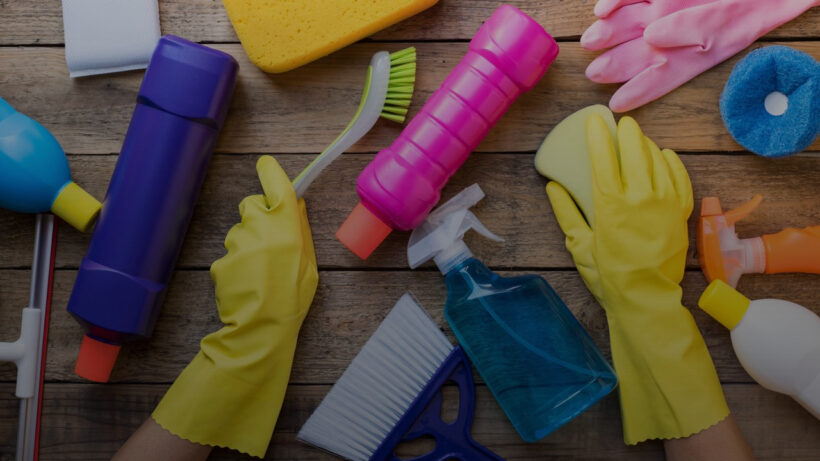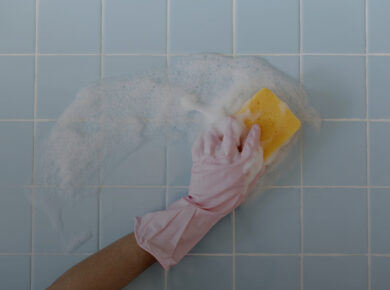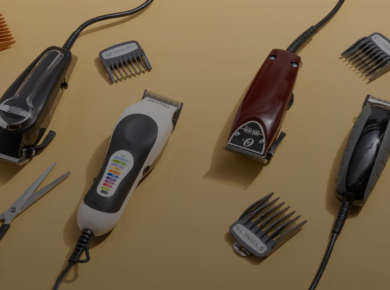When cleaning, we meticulously wipe down kitchen surfaces, dust bedroom furniture, mop the floors, wash bed linens, and scrub the bathroom. But amidst all this, we often forget about small yet crucial details. It may surprise you, but the dirtiest place in the house is not the doormat, the toilet, or even the floor under the kitchen cabinet. The real breeding grounds for harmful microbes are found elsewhere.
In this article, we’ll explore where dirt actually accumulates in your home. You’ll also learn how to eliminate harmful microorganisms to protect your health, improve well-being, and strengthen immunity.
TOP-10 Dirtiest Places in Your Home
This material is based on multiple studies, including experiments conducted by the National Sanitation Foundation (NSF) International Household Germ Study. Their findings reveal that 81% of households share the same dirty spots with bacterial concentrations exceeding safe levels — sometimes by several times or even dozens of times. This means you need to pay extra attention to the following areas and objects in your home:
1. Kitchen sponge
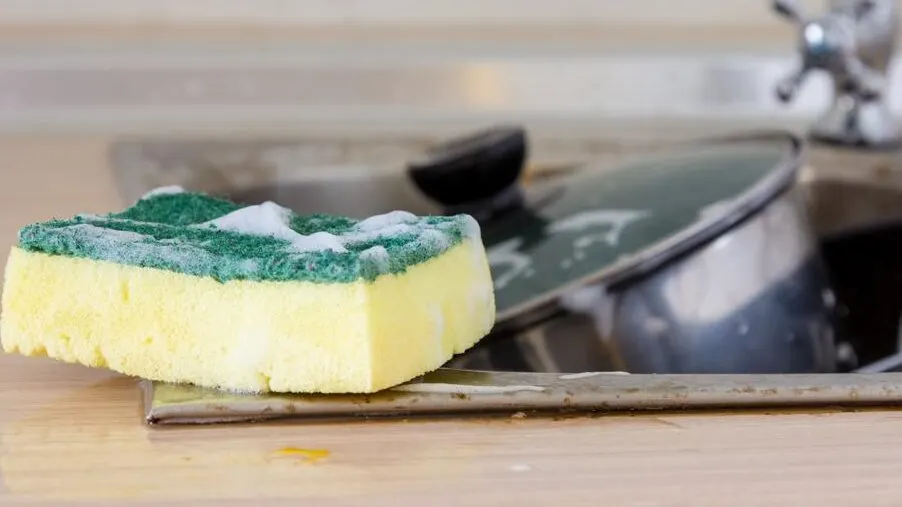
Yes, the very item you use to clean dishes and countertops. NSF research delivers shocking results — the concentration of microorganisms in a kitchen sponge is, on average, 700,000 times higher than on a toilet seat! Now, imagine how many bacteria you spread across your dishes and how many make their way into your body with food.
It sounds like something out of a horror movie — invisible, undetectable, but inevitable evil. Fortunately, this is real life, not a film, so you have the power to fight back. Here’s how to prevent bacteria buildup in your kitchen sponge:
- Regular replacement. Don’t wait until the sponge becomes loose or starts tearing. Replace it every 2–4 weeks, depending on usage.
- Thorough wringing. After washing dishes, don’t just toss the sponge on the counter. Rinse and wring it out well to remove as much moisture as possible.
- Disinfection. Soak the sponge in a vinegar solution with hot water. Try to do this daily or at least after washing particularly dirty dishes with food residue.
2. Refrigerator
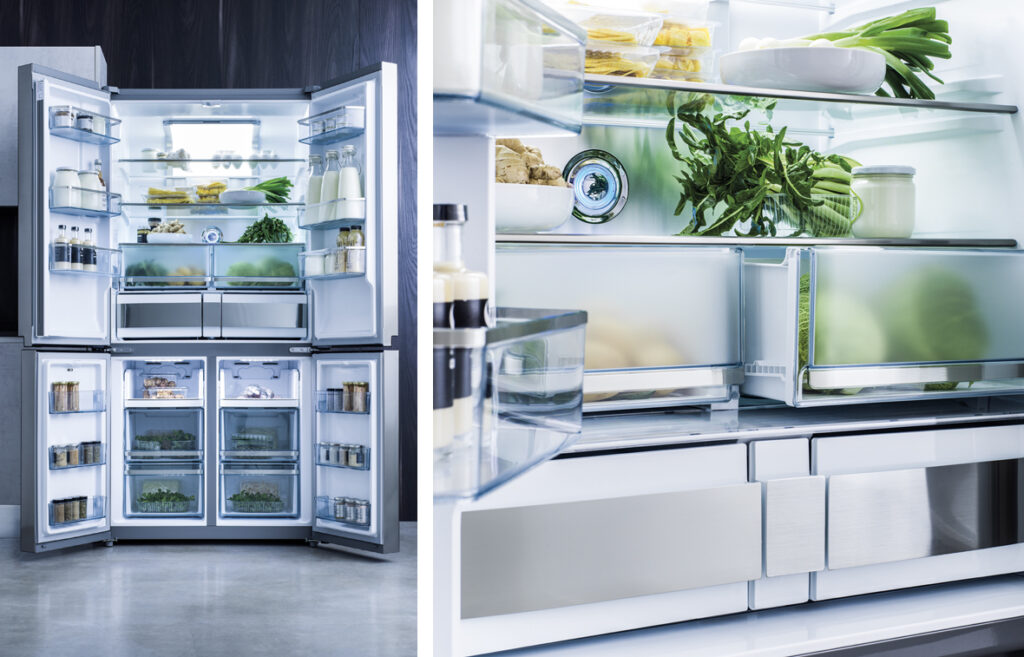
Many believe that cold temperatures slow down or even halt the growth of harmful microorganisms. This is partially true, but many bacteria can thrive in extreme cold — even down to -60°C. No wonder scientists have found diverse bacterial cultures in samples taken from fridge and freezer compartments. Even if frozen and inactive, these pathogens can still affect your health when food is thawed.
The dirtiest spots in your fridge include:
- Door handles;
- Inner door shelves, which experience frequent temperature fluctuations;
- Deep corners under the crisper drawers;
- Sealed containers.
Your refrigerator needs cleaning at least once a month. Remove all loose parts — shelves, drawers, containers, racks, etc. Wash the interior surfaces with a soft solution of baking soda or vinegar. Wipe down the door seals with an antiseptic cleaner.
If there’s already an unpleasant odor inside, leave an open container of baking soda or a special charcoal filter in the fridge overnight — they will absorb harmful bacteria and their waste products. And don’t forget to clean the freezer!
3. Toothbrush holder
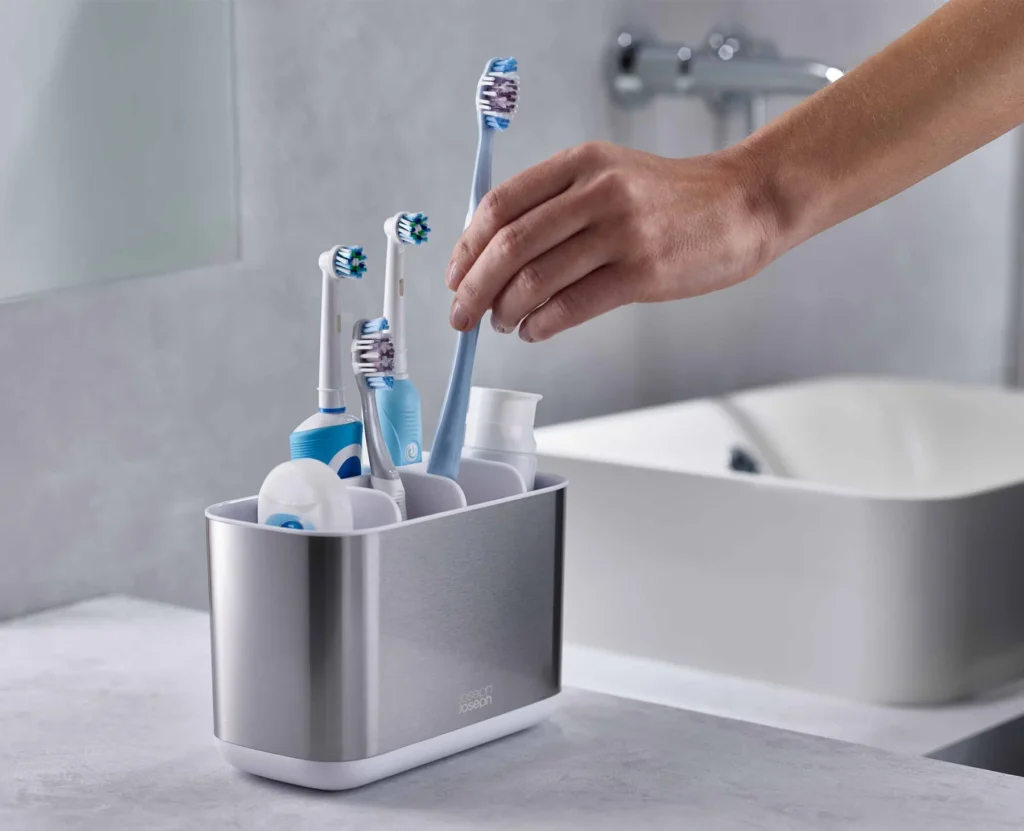
When brushing our teeth, we aim to remove even the tiniest food particles and certainly don’t want to swallow hundreds of thousands of bacteria. But poor hygiene plays tricks on us. One of the spots where is the most bacteria found in a house is the toothbrush holder. As you can guess, harmful microorganisms quickly transfer from the handle to the bristles, directly affecting your health.
You can easily check if your toothbrush holder is harboring bacteria — a slimy residue at the bottom is undeniable proof of microbial growth.
The key recommendation here is to choose a holder made of durable, hygienic materials, such as glazed ceramic. Avoid plastic, wood, and rubber — these materials have pores, micro-cracks, and scratches that make cleaning harder and contribute to dirt buildup. If your holder’s material allows it, wash it at least once a week in the dishwasher. If not, thoroughly scrub the residue and rinse the holder with hot water (60–80°C).
4. Keyboard
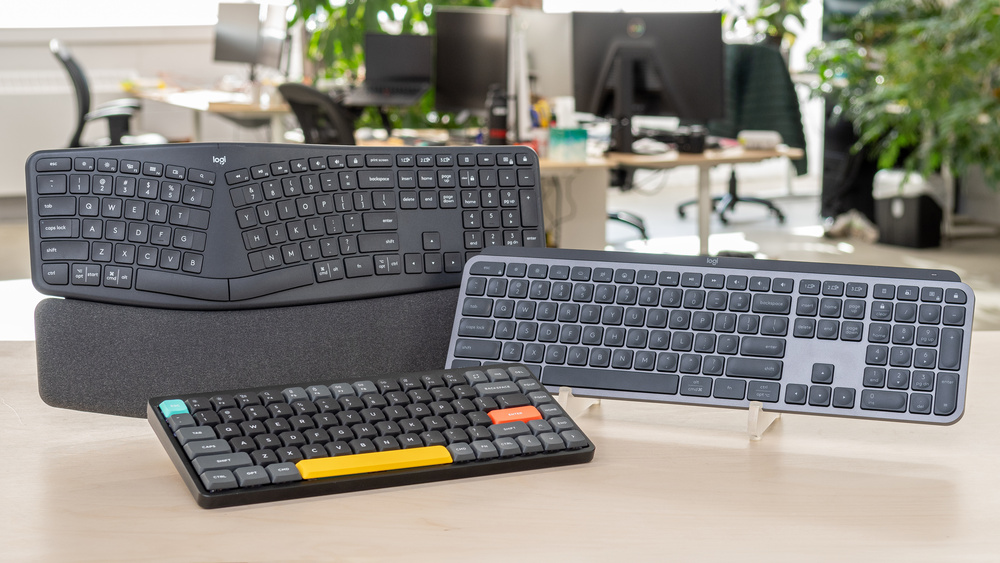
Remote work, freelancing, gaming, and social media keep us in front of a computer for hours each day, touching the keys tens of thousands of times. Every touch not only transmits data but also poses a serious risk of infection. NSF research shows that in terms of mold and yeast concentration, keyboards are second only to kitchen sponges.
If you’ve been using the same keyboard for years without cleaning or disassembling it, the dirt under the keys might be even worse than at the bottom of a trash bin.
To reduce the risk of contamination, opt for skeleton-type keyboards for desktop computers, where keys sit on top of a frame rather than being pushed down into the body. These are much easier to clean, wash, and disinfect. Vacuum your keyboard weekly with a fine furniture nozzle, or use a can of compressed air. If possible, remove the keys once a month and thoroughly wash everything underneath. Use alcohol wipes for regular surface cleaning. For hard-to-reach areas, use Q-Tips soaked in antiseptic.
5. Remote controls and gaming controllers
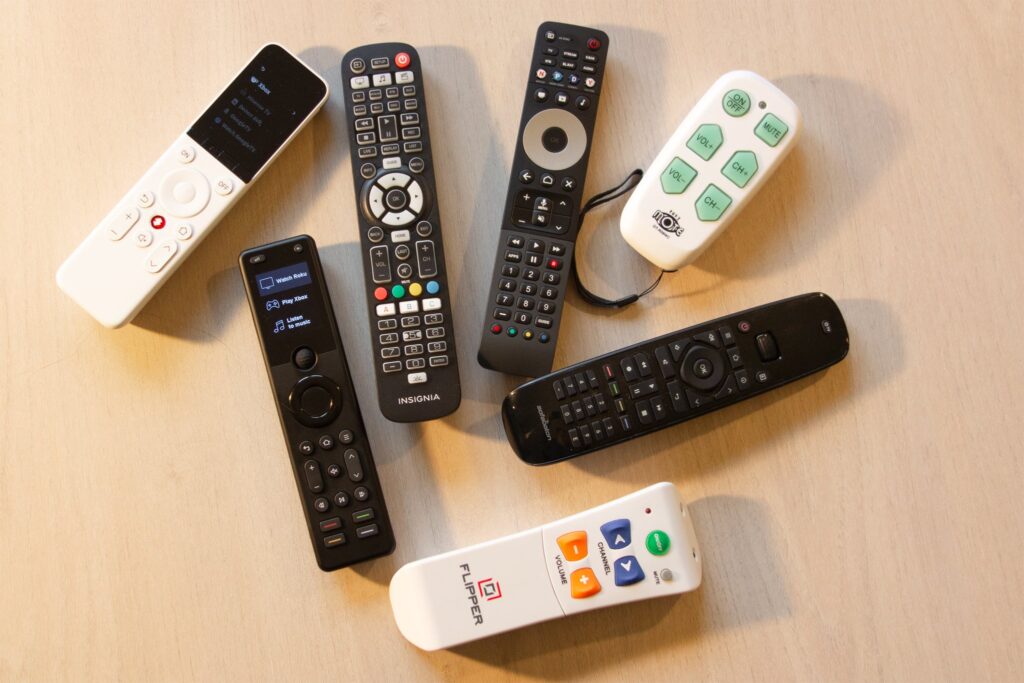
How often do you think about washing or even wiping your hands before grabbing a remote or controller? Many consider it, but few actually follow hygiene rules. As a result, we handle them with greasy and sticky hands, picking them up right after using the toilet or coming in from outside of the house.
Modern remotes and controllers often have soft rubber or porous plastic buttons, which make the perfect breeding ground for bacteria. That’s why their bacterial and fungal concentrations are on par with computer keyboards. To clean remotes and controllers, use cotton pads and swabs soaked in antiseptic. If the device is easy to disassemble, try removing the top plate to clear out accumulated dirt.
6. Pet accessories
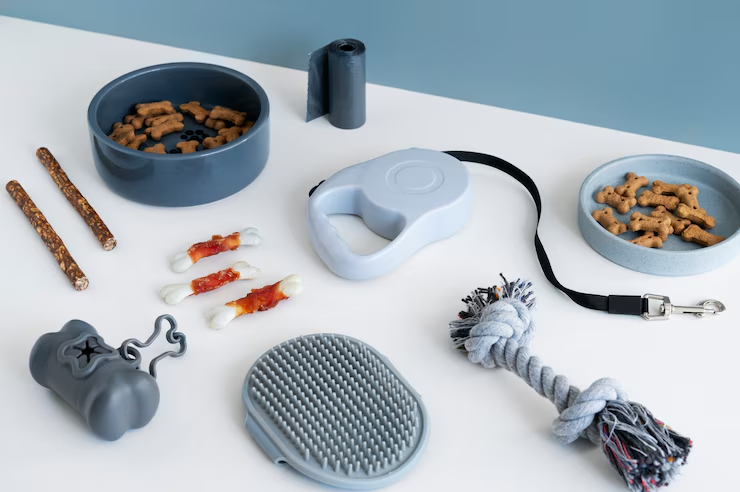
It’s no surprise that the dirtiest places in your home are often where pets hang out. However, most people underestimate just how bad the problem is. While pet bowls, mats, and toys may not have the highest total bacteria count, they host a wide variety of microorganisms. These include E. Coli, yeast, Staphylococcus aureus, and black mold.
Since explaining hygiene to your pet won’t work, frequent cleaning is the only solution:
- Wash fabric mats and toys at the highest possible temperature (70–90°C).
- Clean food and water bowls daily, even if they look spotless.
- Wipe down hard toys and the floor under pet mats with a diluted bleach or formaldehyde solution.
- Steam-clean pet houses, scratching posts, and large accessories that can’t be washed normally.
7. Cutting boards
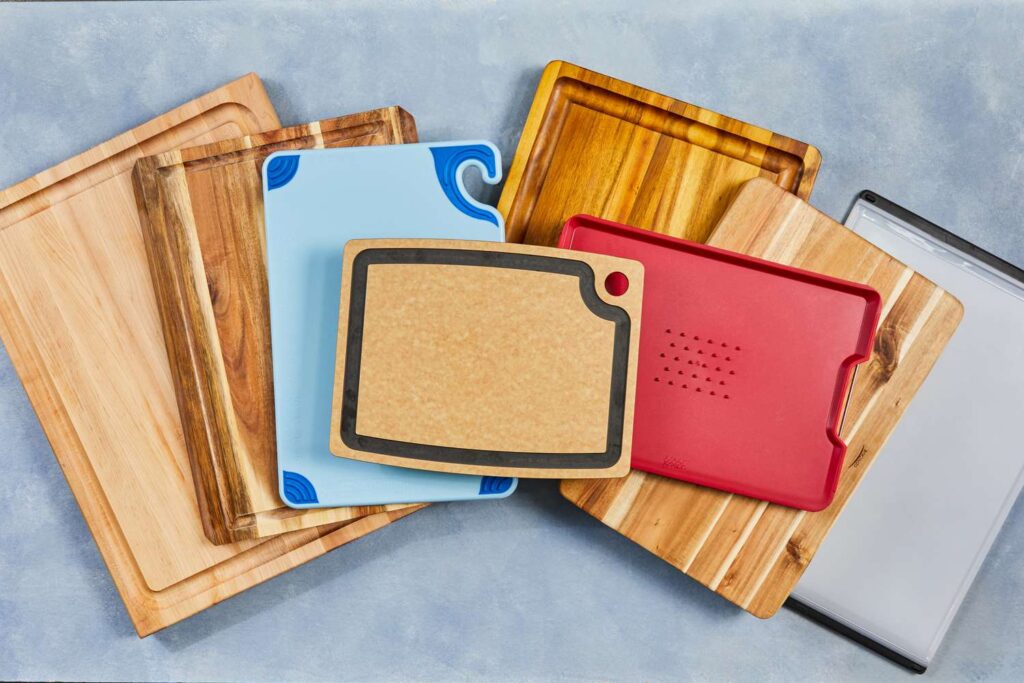
According to the American National Institute of Health, cutting boards have been linked to multiple salmonella outbreaks in the US and UK throughout history. They can also spread microorganisms that cause food poisoning, respiratory diseases, and major allergic reactions.
To minimize these risks, follow restaurant kitchen standards. Use separate cutting boards for raw meat, fish, vegetables, bread, and semi-prepared foods. Label and store them separately to prevent cross-contamination. Choose durable materials like bamboo, ceramic, or glass — these have fewer pores that trap bacteria. Avoid plastic and softwood boards, as they absorb moisture and harbor bacteria. Replace boards when they develop deep cracks or chips.
For proper cleaning, wash boards with hot, soapy water after every use. Once a week, soak them in an antiseptic solution. After washing, dry them with a paper towel to eliminate moisture and prevent bacterial growth.
8. Hand and body towels
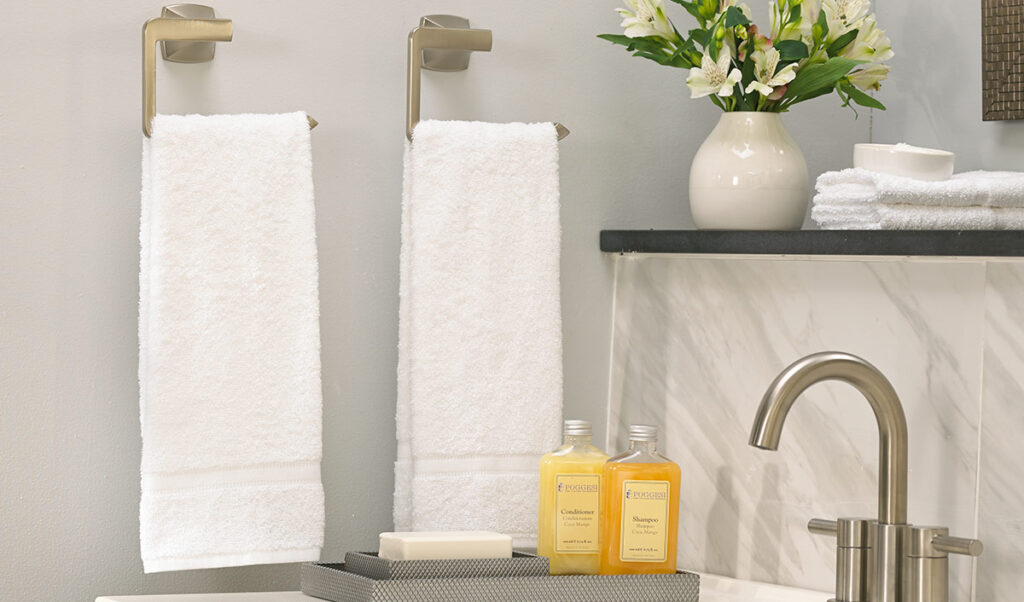
A typical problem in the bathroom is the combination of high temperature and humidity. The conditions are almost identical to those in laboratory dishes used for growing bacterial cultures. That’s why nearly every surface in the bathroom accumulates millions of microorganisms. We are used to thoroughly cleaning tiles and sanitary fixtures with strong disinfectants, but we often forget about textile accessories.
To maintain true cleanliness, wash all towels at least once a week at the highest temperature allowed for their fabric. Replace hand towels every 2–3 days or daily if you work in dirty conditions. The same applies to bath mats — wash them weekly and leave them in a warm place until they are completely dry. Never lay down damp mats, as this will only accelerate the spread of infections.
9. Heating systems
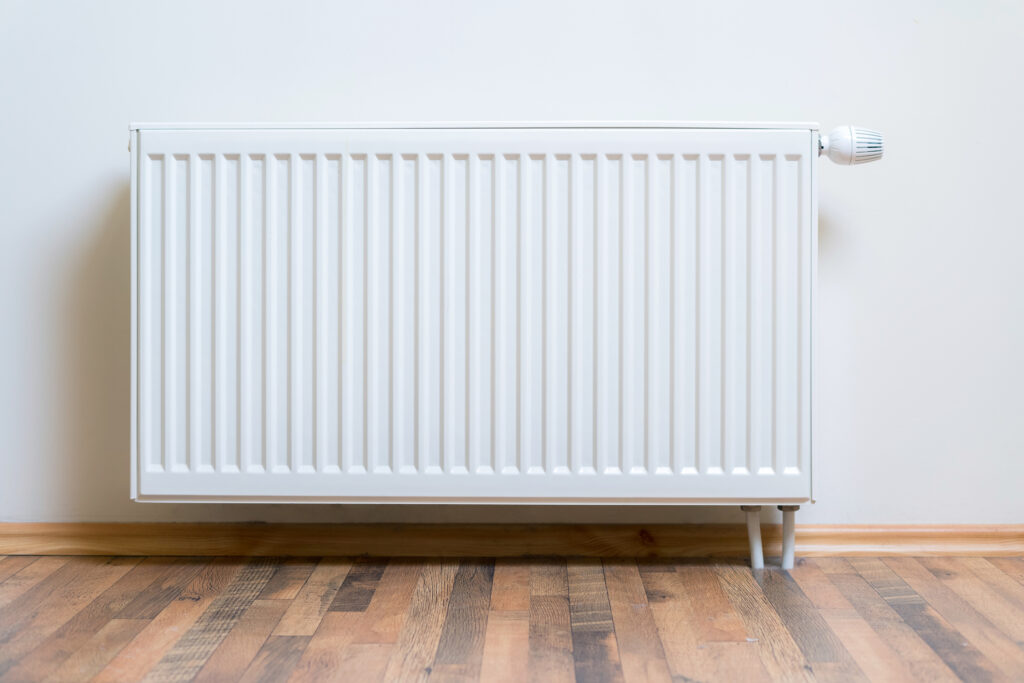
High temperatures, just like low ones, can slow down bacterial growth, but they do not eliminate 100% of microorganisms. If you need proof, read about microbes that survive in volcanoes. That’s why places to clean in your house should include the spaces behind heating system radiators. Admittedly, reaching these spots is very difficult, so you will need to buy special brushes or vacuum attachments.
If you live in a private house with a centralized climate control system, the main problem areas will be the ventilation grilles in each room. Be sure to remove the protective covers and use long brushes to clear dust and dirt from the air ducts.
10. Upholstered furniture

When was the last time you cleaned your sofas and armchairs? Surveys show that, on average, people do this only once every 3–5 years. Over this time, an incredible amount of dirt accumulates under the upholstery, leading to critical issues — from mold growth to dust mite infestation.
The solution is weekly vacuuming of furniture. It’s also advisable to treat the fabric with a special disinfectant spray. Don’t skimp on professional cleaning — order deep cleaning services at least once a year or use specialized products yourself if you are confident in your skills.
In the bedroom, cover mattresses and pillows with protective cases made from durable, hypoallergenic materials. These will help prevent the buildup of sweat and skin particles in your bed and significantly reduce the risk of skin conditions.
Conclusion
After reading this article, you might think that almost every object or surface in your home is a potential source of infections, skin irritations, and allergic reactions. And that’s true — billions of bacteria surround us, feeding on food residues and organic waste while thriving in dark, humid environments.
Fortunately, you can reduce their numbers to a level where they no longer significantly impact your life. The key is to follow simple rules. Clean regularly, replace damaged household accessories on time, use professional cleaning products and tools, and pay extra attention to the areas we covered in this review.
